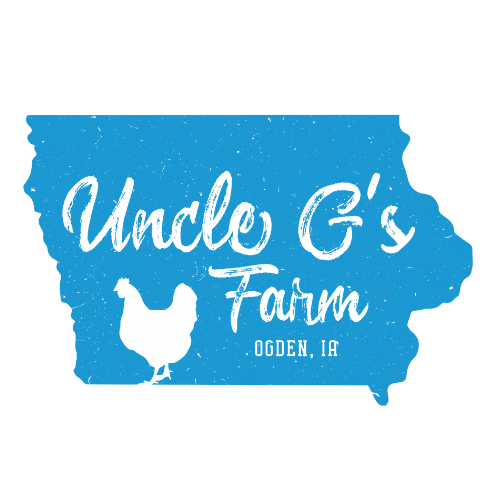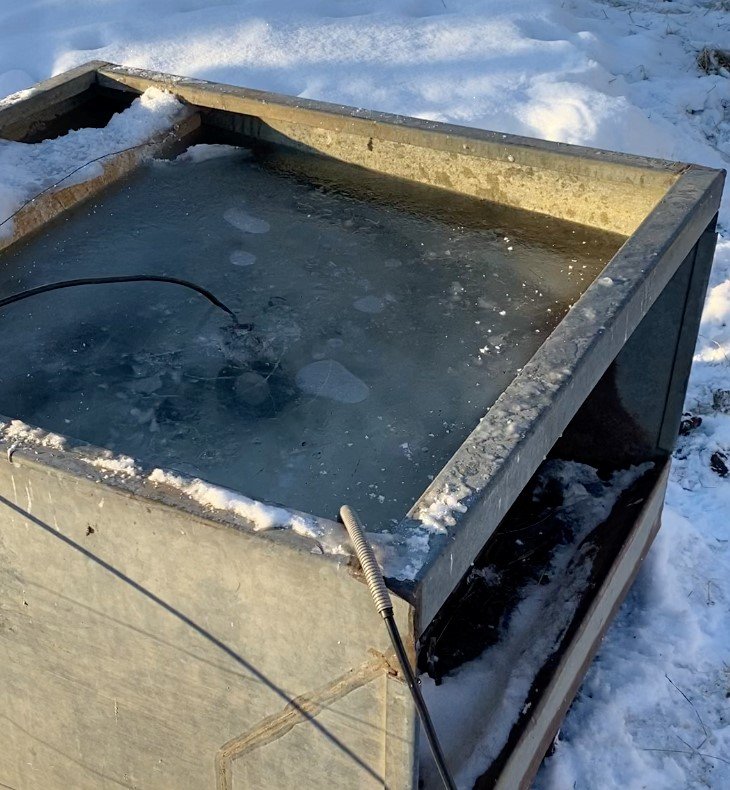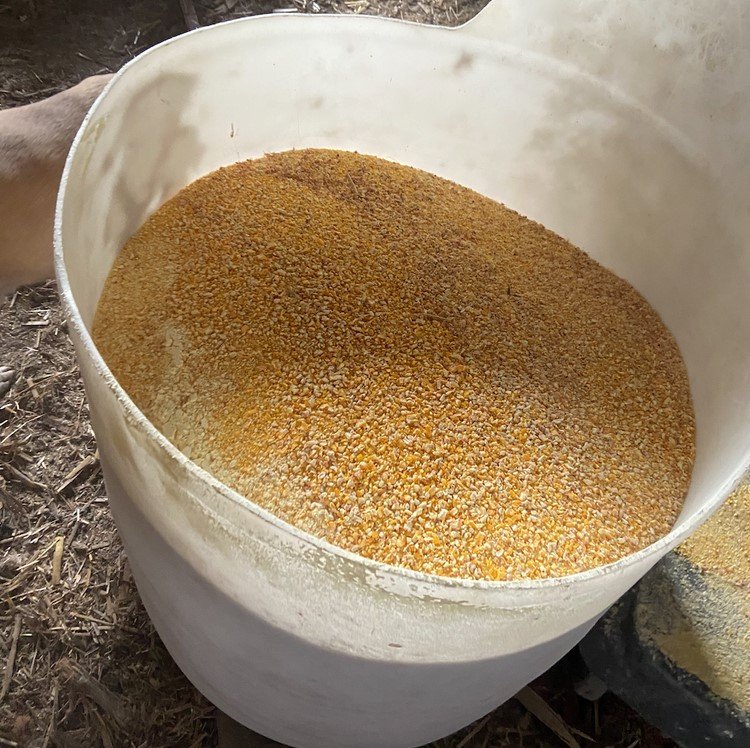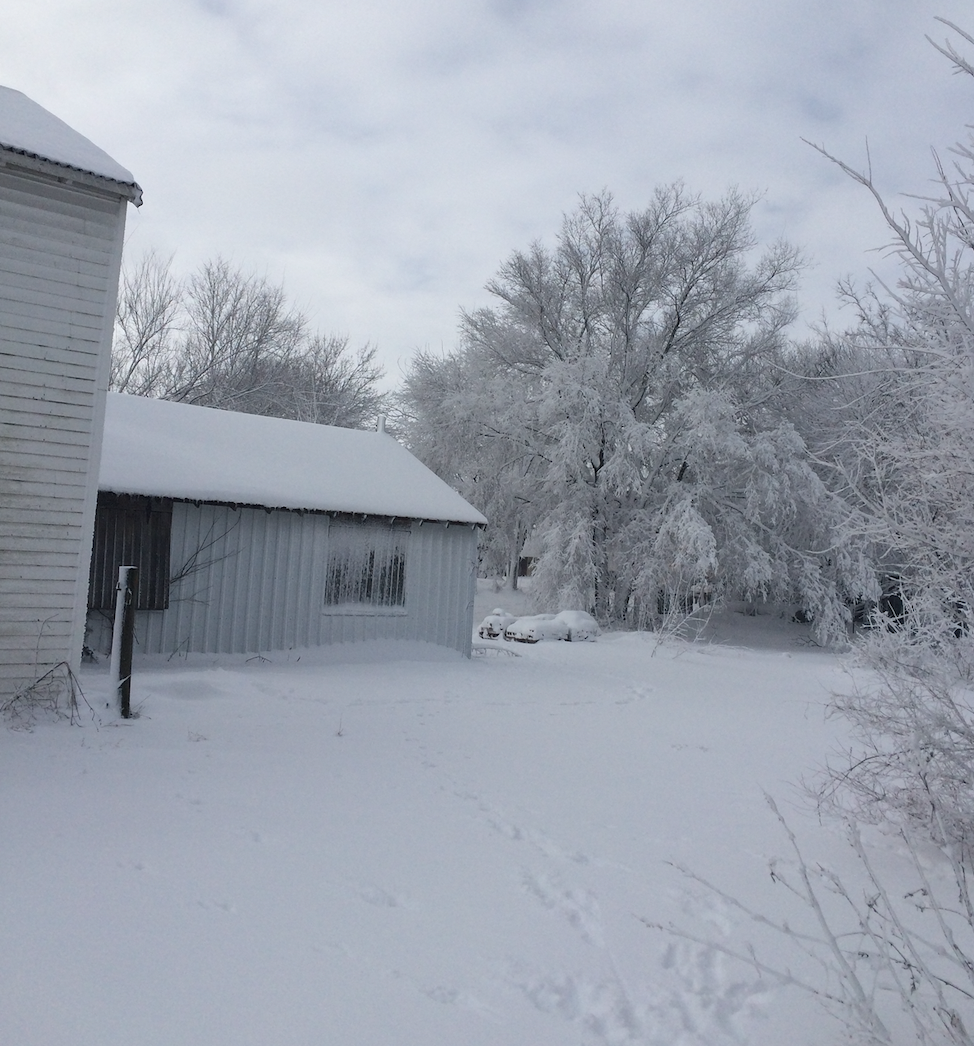2022 Winter Assessment
The other day I listened to a podcast from a fellow farmer and friend, Lost Lake Farm, about doing a Winter Assessment for the farm. It was something I was going to cover, sort of, but calling it an assessment and how through it was lead me to do my one.
I’m mainly focusing on our hogs but will also mention the 3 head of cattle we have and the layer chickens that are not quite pets but also not quite livestock. This is a “winter” assessment so look for a Summer assessment in six months.
WATER
We were blessed to have underground water with heaters already installed in our hog area when we moved in. It took some doing but several years ago we reattached the water lines and fixed the electric to the waterers. 99% of the time this system works without a hitch. The water is the same as comes to the house (rural water) and the heaters keep the water from freezing.
Once in a while (about once a winter) the hogs figure out a way to break the system and the waterers freeze over. This happened this year but, as far as this assessment is concerned, I was more prepared to fix it than in years past. I had the heat gun and extension cord ready to go, I was checking the waterers regularly to make sure they weren’t frozen, and had a plan to give the hogs water (from a bucket) while I was working on fixing their main drinkers. I have a special light that I can see from the house that tells me if the power to the heaters is on (that’s new this year.)
The cows have a 100 gal stock tank with a heater in it for their water. This usually lasts them 4-5 days and I can usually find a time when it’s above freezing to fill it back up. I run a couple of long hoses from the house out to the tank and fill it up. Sometimes the garden hose spigot from the house is frozen but I put a little heat on it and frees right up. I set a timer to remind me to shut the water off and it’s all good. I did have to replace the heater this year but I had an extra one (2 is 1 and 1 is none is the saying) so that was a quick fix.
The chickens have a heated dog bowl in the barn that they (and the barn cat) drink from. I usually fill it up twice a week. Having access to power makes all the difference. I would love a system that provides water that doesn’t require electricity but that’s not on the priority list right now.
NUTRITION
Winter nutrition is about the same as summer nutrition for the hogs. We get 99% of our feed from the co-op. I get hay from a local farmer for the cows and I make chicken feed for the chickens during the winter (in the summer they free range and I don’t make feed for them.) If we ever increase the size of our cattle herd I may look into getting the hay they eat tested but, for now, that’s not a priority (they seem very well fed.)
COMFORT
We use cornstalk bales for bedding for both our hogs and cattle. This provides a good and inexpensive source of bedding with the added bonus of sometimes there’s an ear of corn in there for a treat!
Since last winter we have reduced the number of hogs we raise and this has lead to a much better management of space and bedding. Both the sows and growers hogs, as well as the cattle have enjoyed plentiful and clean bedding all winter.
SOW HEALTH
Since last winter we’ve gone from 6+ sows down to two. This has allowed us to give them more space, deeper bedding, and a better focus on their overall health. Our two sows are healthy and we have ISU’s Field Vet Services on speed dial for any issues that come up.
shelter
The barns keep the animals out of the elements but they are showing their age. Better fencing has been on the list for the hogs for at least a year. With the decrease in hog numbers the pigs have more living space, making clean up easier which leads to better health and less stress. The cow barn was damaged in the derecho 2020 and could also use some improvements. Right now, for this winter, they are adequate.
PLANNING FOR SNOW
Each year we get a bit better at planning for winter and snow. This year we moved the corn wagon inside, had plenty of cornstalk bales for bedding and a few small square bales in each barn as a backup. A neighbor plows the drive to the house and to the barn so we can get the truck to the barn to drop off feed.
The part that needs improvement is identifying where the snow drifts and making sure we don’t store too much there. Right now, 5 of our 8 bales are drifted in. We don’t NEED them and should be able to make it through the winter without them but it would be nice if they weren’t drifted in. Getting hay to the cows is also harder with the snow drifts and better planning could help make this chore (about once a month) go easier.
LOADING PROCESS
With our decrease in the number of hogs we have avoided the need to load hogs in the middle of winter. Right now they are set to go to the locker in mid-March which could be fine, could be muddy, or could be snowy but it’s probably going to be better than doing it in January
BREEDING/REBREEDING
Currently only 1 of our 2 sows is bred. This is completely due to losing our boar this summer. He was probably stepped on by a sow and hurt his leg. The vet came out and we tried to nurse him to health but, in the end, his leg wasn’t healing and he was euthanized. We usually breed our sows with artificial insemination (AI) but it’s good to have a boar around to help identify when the sows are in heat. The plan is to keep one of our next male piglets to act as a “teaser” boar. This will take 6-10 months but makes the most sense given that we only have 2 sows.
SUMMARY
I’m pretty happy with the farm this winter. The most difficult areas, water and bedding, have been planned for and we have backup plans in case something happens to plan A. The fact that we have fewer hogs and the relatively snowless winter have helped with this assessment.
If you have hints, tips, suggestions, or questions please send us an email or tag us on Facebook/Instagram! We can’t wait to hear from you.








